

There has never been a better time to be a board game inventor than now. Board games are smarter, more inventive, more entertaining, more beautiful and more popular than ever before.
Love our games? Visit our board game shop
The Golden Age of Board Games
The old guard of classic games are still selling well, Monopoly always shifts by the bucket-load but people are increasingly turning to a new wave of games that bend and break the old rules. Think of it a bit like wine. In the 70s and 80s there was limited choice. It was pretty much Matteus Rose or Black Tower. Then in the 90s, wines from all corners of the world began to appear on supermarket shelves. Albarinos from Spain could be seen rubbing shoulders with Tarrangos from Australia, Malbecs from Argentina started sharing a basket with Rieslings from New Zealand. It was now possible to find the perfect wine for you — the perfect wine for any occasion.
The same is now true for games. The choice is incredible and varied. There are co-op games were everyone works together to beat the game. Legacy games which take a while to play but once you’ve completed it you’re done. Games that merge with tech, have multiple ways to play, are X-rated, make you think in ways you never have before…and so on.
We really are living through the golden age of board games. And the good news, is it’s now easier to get a game off the ground than ever before too. Amazon, Ebay, YouTube, crowdfunding sites, board game cafes, meet-up clubs and databases and forums like boardgamegeek all make it possible for a one-man-band inventor to publish, market and sell their masterpiece without help from the big boys. But even here the world has shifted spectacularly and the major toy and game companies are making themselves more accessible to the lone inventor as they look for that next big hit.
So, if you’ve got a good idea for a game in your bottom drawer, now is the time to dust it off and see how far you can take it. You never know, you might be sitting on the next Catan, Codenames, Cards Against Humanity or Linkee.
In this article, I’ll do my best to help guide you and your game through the strange world of toys and games and out the other side, with a game on the shelf and some royalties in the bank.
Here goes…
The Game Begins
I’m not going to tell you what makes a good game. That’s for you to figure out for yourself. What I can tell you is that it doesn’t matter if you think your game is the best thing since sliced bread, it’s what everyone else thinks about it that counts. They’re the ones that will be investing in it, selling it in their shops and buying it for their friends. Your game will have to survive the lion’s den of public opinion if it’s to make it so you might as well throw it in the deep end early doors.

STOP! Before you go to the effort of making a demo, go on the Internet right now and make sure that someone else hasn’t rudely invented your game before you. Look on Google, search BGG, do as much digging as you can. If there is something similar out there, consider abandoning your idea and working on a new game. Later on down the line if anyone says to you, “This game is just like blah blah blah”, what will be your response? If it’s not a convincing one then your game will be shot down in flame – and all that hard work wasted. It’s better to be ruthless now and put all your time and energy into a game that has the best chance of succeeding.
If the coast is clear online, then make a playable demo of your game and test it on friends, family, strangers down the pub … whoever’s arm you can twist to give it a go and give you feedback. (Offering free beer and pizza always works well when you need to round up some game testers!)
The Demo
Your playable demo doesn’t have to look good, just work well enough so people can play it and give you feedback. You can work on the name and design later on, at this stage you’re just perfecting the gameplay and testing to see if people genuinely enjoy it and want to play it again.

When we test our games they always need refining. Sometimes a very average game turns into a great one with a clever rule change or novel twist. Sometimes we have to admit, painfully, that a game just isn’t good enough and off to the game graveyard it goes. (Our game graveyard is quite full.)
If your game idea is difficult to make, maybe it needs electronics, plastic moulding or a special mechanism, then you can skip this step and approach game’s companies with your idea on a concept board. You could draw it, knock it up on a Mac if you’ve got the skills or even better, cheat a mock-up. The inventors of Bop-it demoed it using some cardboard and a person making the sound effects off camera — it was enough to get them a deal. Do whatever it takes to get your idea across. Making a video of your idea is a great place to start.
The Decision
You’ve play-tested your game to death and everyone loves it. You’ve checked there are no direct competitors out there. You now have a few decisions to make. Do you license (or sell) your game to a publisher, do you look for a distributor or do you go it alone?

Finding a publisher
OK, you don’t want to go it alone. It involves a lot of hard work, money, time and risk. You want to find someone who will adopt your baby and do it proud. Fine. Start emailing as many publishers as you can and ask how you can submit your idea – or even better, get a face-to-face meeting. The truth is that all game publishers want the next great game so they’ll be willing to look at it, it’s just getting through to them.
Plan of attack 1
Find out who receives submissions at each company and email them a short description of your game. Make it short and sweet with a visual, rules and best of all – a video of how it plays. This is very important as people can’t be arsed to read rules. Also tell them you can send a demo if the require it. They will send it back.
*If you are worried about your idea being stolen you can ask to sign an NDA to protect your idea.
Plan of attack 2
Follow up you email a few weeks later when no one has replied to your first.
Plan of attack 2
Follow up your email a few weeks later when no one has replied to your first.
Plan of attack 4
If you’re finding it tough to get a response from the publishers directly, you can attract their attention in other ways. You could find out where they live and stand outside their house in your pants. Or you could look up when they are have any inventor events and workshops, or make appointments to see them at toy fairs, inventor workshops or game expos. You’ll need a playable demo (or cheats demo, as mentioned above), lots of passion and a good game. Here is a list of events to consider:
Game Expos:
Essen
UK Games Expo
Gen Con
Mojo Nation
Trade Fairs:
London, Olympia
New York
Nuremberg
Hong Kong
Rewards
A typical royalty for a game is between 3% – 8% of the wholesale price – the price the publisher sells it to the store. It’s hands off money – the publisher does all the hard graft and puts up the money for manufacture, shipping, storage, delivery and marketing.
If a publisher wants your game they will usually want to license it from you. This means you still own the IP. When signing a licensing deal, make sure that you can get your game back if sales drop below a set level or if the publisher stops selling it.
A publisher may offer to buy your game from you. If you want to sign away your baby then make sure you get a good price for it!
Publishers will sometimes want to option a game. They’ll pay you money every month while they think about whether they want to license it on the condition that you stop showing it to any competitors. This is a nice little earner if you can get a few of these a year.
Going it alone
OK, you’re going to go for it. You’re up for the hard graft because you want to control the way your game enters the market and reckon you can do a good job at it.
Before you plunge into the world of self-publishing, or crowdfunding, it’s worth bearing in mind what you’re getting yourself into. Firstly, the skills you’ll need to go it alone are not the skills you need to be a great game inventor. You’ll have to turn your hand to marketing, design, production, sales, shipping and the mundane tasks of running a business.
Crowdfunding
This is the easier of the two ‘going it alone’ options but it’s still a hard slog (unless you’re famous). Every year, 100s of board games appeal for funding on Kickstarter alone! It’s tough to get noticed on these platforms now unless you bring an audience with you. Or you have some sort of killer idea that blows people’s minds.
If you choose to go for it, you’re going to need to learn the dark arts of crowdfunding to give yourself a fighting chance.
Halfway House
If you don’t want to license your game – or maybe you haven’t been offered a license – but you’re not sure you want to commit to a fully functioning games company with everything that entails, you can look for third party distribution. You still need to manufacture your game and do the marketing but they will warehouse it, sell it in to retailers and take a cut. As a rule of thumb if your game sells for £20, the retailer will buy it for £10, the distributor will buy it from you for £5 and you will need to make it for around £2.50.
Becoming a publisher
This is hardest and longest road, but arguably, it’s the most rewarding. It’s hard because you’ve got to invent a game, pay for it to be manufactured and shipped, warehouse it, get it stocked by retailers and then market it so it sells. It’s costly, hard work and requires skills you might not have. It’s rewarding because you’re the ultimate boss. You get to make the games you want and as long as they sell it’s happy days. You’ll also earn a lot more money this way than if you license your game to someone else.
We took this harder option but then there were three of us and we had many of the skills needed already. We were trained in creativity, marketing, sales and running businesses. The bits we had to learn — and lots of lovely people helped us along the way — were the manufacturing process, shipping, distribution and the vagaries and rules of the toy and game business.

Where to start
First, trademark the name of your game and pay for a small run of games to be made. You’ll need them to send to retailers, to take to toy fairs and to sell. It’s cheaper to get games made in China but they take three months to ship back and there is always the language barrier. For short runs and a quick turnaround it’s worth looking to get them made in the UK or Europe.
Try to attend as many toy fairs as you can, and if possible splash out on the best stand you can afford, or share one with someone else.
Make contact with toy buyers and distributors. The only real way to do this is to pick up the phone and to get emailing. Send them a sample and package it up in a fun way to grab their attention.
You’re going to need to hone your social media skills if they’re not already tip-top. Building an engaged following online and making friends with influencers is very useful. Don’t forget to send copies of your game to influencers in a memorable way. A shout out from them can be invaluable.
You’re trying to get your game noticed and anyway you do this is a good thing. We were lucky and ended up Dragon’s Den which was seen by over 5 million people – for free!

Amazon
Get your game on Amazon. Whether you sell to them or through them you’ll be able to generate sales and earn reviews. Over 50% of customers who are looking to buy a game, check the reviews on Amazon first.
It might take you a while to crack the bricks and mortar retailers making Amazon an even more important platform for generating sales and proving the popularity of your game.
Good Luck

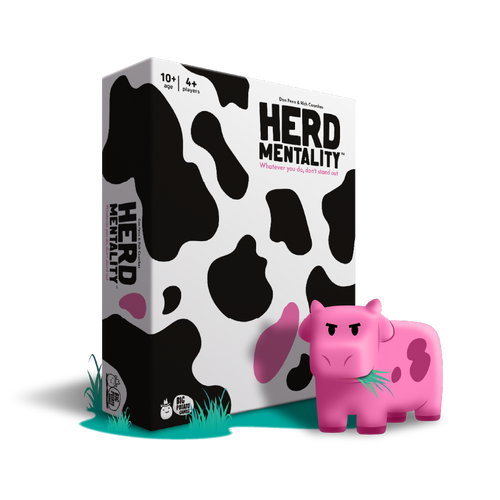

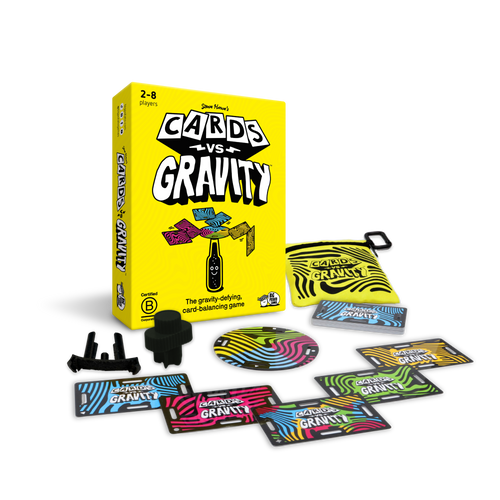
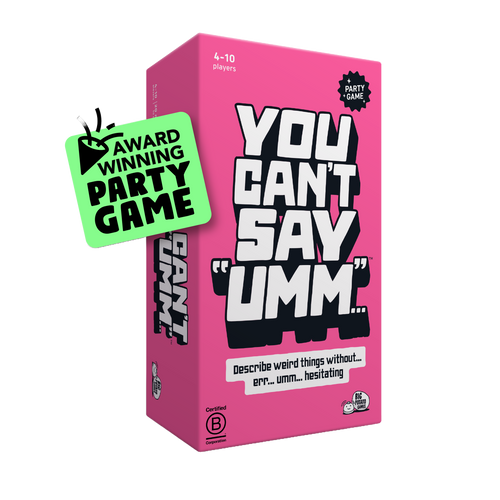

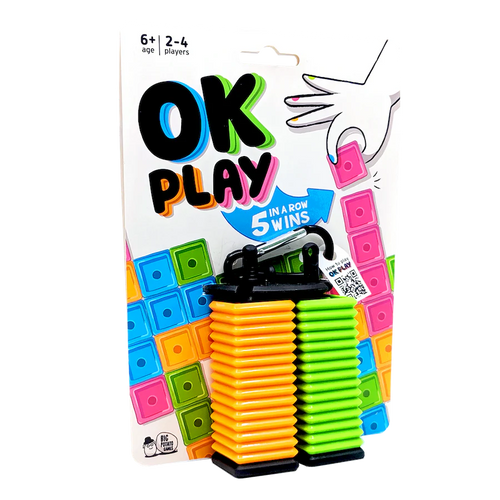
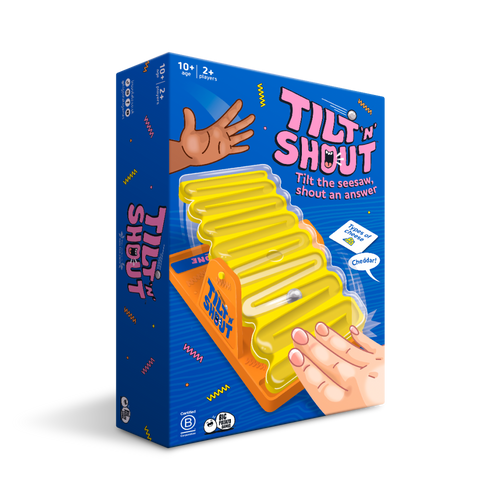
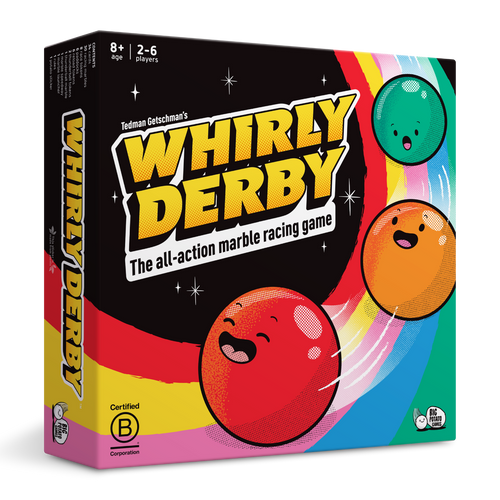


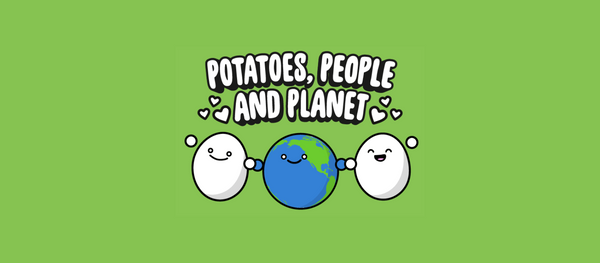

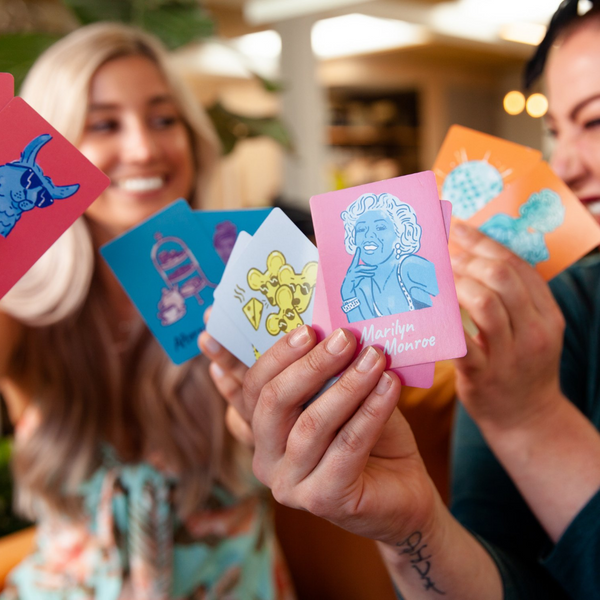
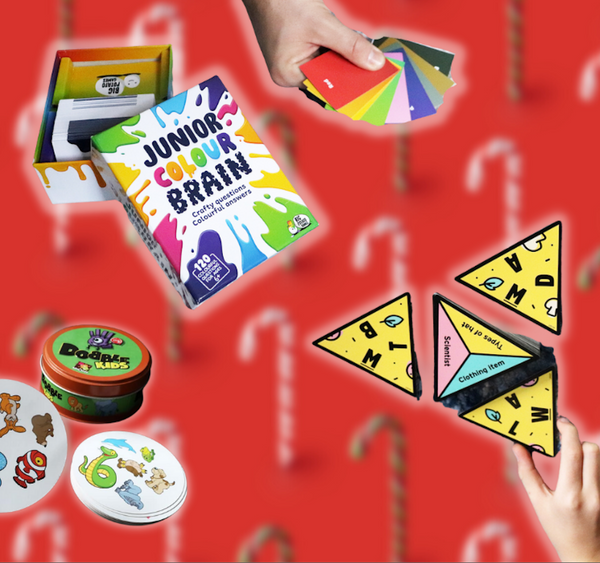






Comments
Comments